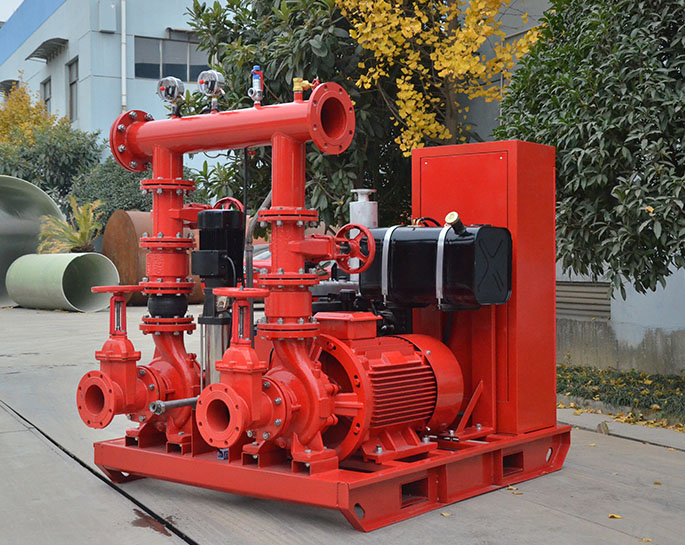Analysis of fire pump energy-saving operation effect
Analyzing the effects of energy-saving measures implemented in the operation of fire pumps is essential to ensure that the system remains efficient and effective while reducing energy consumption. Here's how you can assess the impact of energy-saving measures on fire pump operation:
-
Energy Consumption Monitoring: Start by monitoring the energy consumption of the fire pump system before and after implementing energy-saving measures. You should have baseline data to compare with the post-improvement data.
-
Energy Cost Reduction: Calculate the cost savings achieved through energy-saving measures. This should include a comparison of energy bills before and after implementation. Ensure that the savings outweigh the costs of implementing these measures.
-
Efficiency Metrics: Assess the efficiency of the fire pump system by comparing its performance metrics before and after the energy-saving measures. Key metrics to consider include:
-
Pump Efficiency: Calculate the pump's hydraulic efficiency, which is the ratio of water output to power input. Energy-saving measures should result in improved pump efficiency.
-
Motor Efficiency: Determine if the motor's efficiency has improved, especially if variable frequency drives (VFDs) were installed. VFDs can lead to significant energy savings by adjusting the motor speed based on demand.
-
Operational Data: Analyze data related to pump operation, such as run times, pressure levels, and flow rates, both pre- and post-improvement. Ensure that the system continues to meet safety requirements while consuming less energy.
-
-
Maintenance Records: Review maintenance records to ensure that the fire pump and associated components are operating optimally. Well-maintained equipment tends to operate more efficiently and reliably.
-
System Reliability: Assess whether the energy-saving measures have affected the reliability of the fire pump system. It's crucial that the system remains fully functional during emergencies.
-
Emergency Response Testing: Conduct tests and simulations of fire pump operation during controlled conditions to ensure that the system can deliver the required flow and pressure for firefighting. Confirm that energy-saving measures do not compromise the system's performance during emergencies.
-
Feedback from Personnel: Gather feedback from personnel responsible for operating and maintaining the fire pump system. They can provide insights into how the energy-saving measures have affected their day-to-day tasks and whether any issues have arisen.
-
Environmental Impact: Consider the environmental impact of energy-saving measures. Calculate any reductions in greenhouse gas emissions associated with lower energy consumption.
-
Cost-Benefit Analysis: Perform a cost-benefit analysis to determine the return on investment (ROI) for the energy-saving measures. This analysis should account for both the upfront costs and long-term savings.
-
Compliance with Regulations: Verify that the fire pump system still complies with local fire safety regulations and standards after implementing energy-saving measures. Ensure that safety is not compromised in any way.
-
Continuous Improvement: Energy-saving efforts should be ongoing. Regularly review and assess the performance of the fire pump system and look for additional opportunities to improve efficiency.
-
Documentation: Maintain detailed records of all assessments, measurements, and improvements made to the fire pump system. This documentation is valuable for reporting, future reference, and compliance purposes.
By thoroughly analyzing the effects of energy-saving measures on fire pump operation, you can ensure that the system remains reliable, efficient, and compliant with safety regulations while achieving energy and cost savings. Adjustments and improvements can be made as needed to maintain optimal performance.







